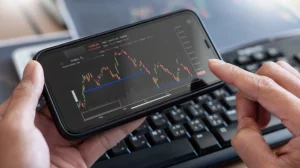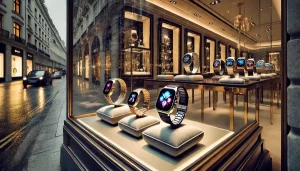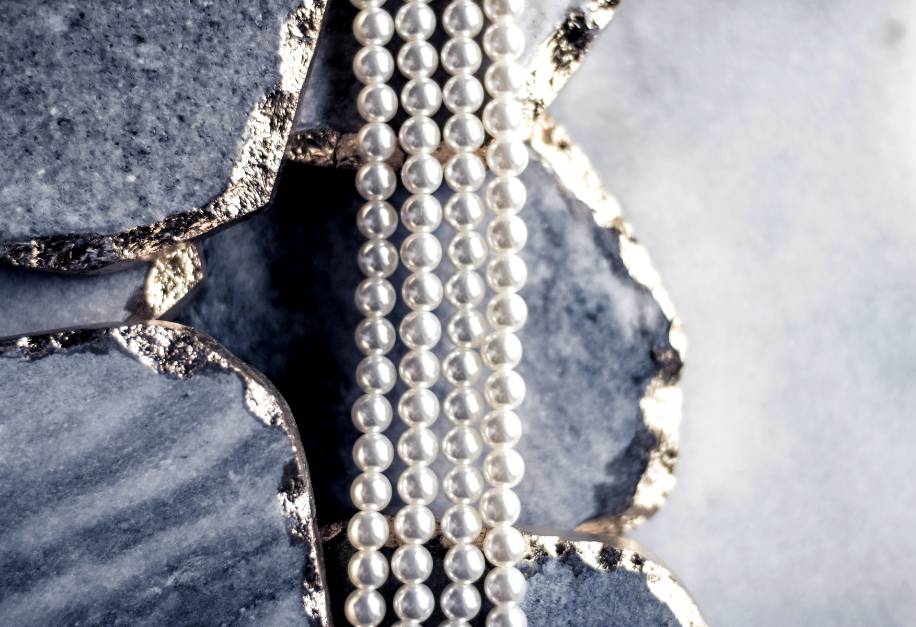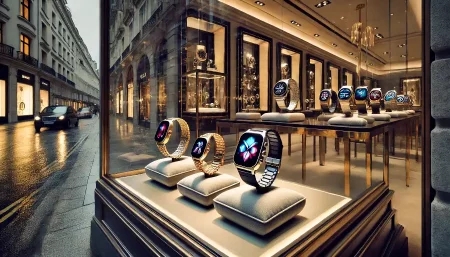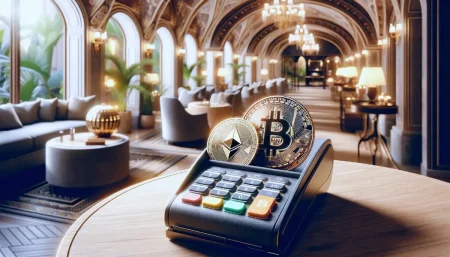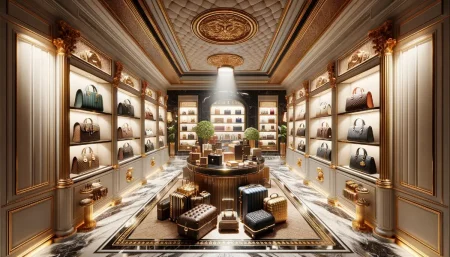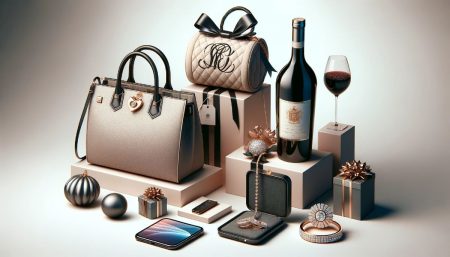The Allure of Luxury
In a world where the ordinary often suffices, the allure of luxury remains an intriguing phenomenon. From the gleaming streets of Paris to the bustling markets of Tokyo, the desire for the finest things transcends cultures and economies. But what drives this craving for luxury? Is it mere vanity, or is there a deeper psychological underpinning? Join us as we embark on a journey to unravel the psychology of luxury, exploring why we crave the opulence of designer brands, gourmet dining, and high-end technology.
Thesis Statement: This article seeks to delve into the multifaceted nature of luxury, examining the factors that contribute to our fascination with high-end products and experiences. Through an exploration of status symbols, emotional connections, cultural influences, marketing strategies, and the impact of social media, we aim to uncover the underlying psychology that drives our desire for luxury. By the end of this journey, readers will gain a comprehensive understanding of why luxury continues to captivate and inspire individuals across the globe.
Exploring the Desire for Luxury
The Status Symbol
Luxury items often serve as status symbols, reflecting success and prestige. Owning a Rolex watch or driving a Bentley isn’t just about the product’s quality; it’s a statement about the individual’s achievements and social standing.
The Pleasure Principle
Beyond status, luxury provides pleasure and satisfaction. The tactile sensation of a silk scarf, the rich aroma of premium coffee, or the visual delight of an art masterpiece can evoke joy and contentment.
Cultural Influences
Different cultures perceive luxury differently. In some Western societies, luxury might be associated with brand names and exclusivity, while in Eastern cultures, traditional craftsmanship might define luxury.
The Influence of Marketing
Marketing plays a significant role in shaping our desire for luxury. Advertisements and celebrity endorsements create aspirational images, making luxury items symbols of success and desirability.
Interesting Fact
Did you know that the global luxury market is expected to reach \$1.5 trillion by 2025? The growth is driven by emerging markets and a younger generation of consumers who view luxury as an expression of individuality.
In-Depth Analysis: The Psychology Behind the Craving
Emotional Connection
Luxury items often create an emotional connection. Whether it’s a family heirloom or a reward for a significant achievement, these items can hold sentimental value, enhancing their allure.
Exclusivity and Scarcity
The limited availability of certain luxury goods creates a sense of exclusivity and scarcity, making them more desirable. The thrill of owning something rare and unique adds to the appeal.
Social Media’s Influence on Luxury Consumption
According to a study by Bain & Company, social media influences over 50% of luxury purchases. Brands like Gucci have leveraged Instagram to create buzz and connect with younger audiences. Influencers and celebrities endorsing luxury products have further fueled the desire for high-end items.
Social media platforms like Instagram have amplified the visibility of luxury lifestyles. Influencers flaunting designer outfits and exotic vacations create a virtual world where luxury seems attainable, fueling the desire.
The Psychology of Luxury Across Different Sectors
Fashion: Brands like Louis Vuitton and Hermès have mastered the art of creating emotional connections with consumers. Their iconic products are not just accessories but symbols of status and identity. For example, the Birkin bag’s exclusivity and craftsmanship make it more than a mere handbag; it’s a statement.
Technology: Apple’s sleek designs and innovative technology have turned gadgets into luxury items. The iPhone X’s launch, with its groundbreaking facial recognition feature, redefined luxury in the tech world.
Dining: The rise of gourmet dining experiences, such as those offered by Noma in Copenhagen, has elevated food to a form of art. These culinary delights are not just about taste but an immersive experience.
Luxury Cars: The Ultimate Status Symbol
Luxury cars like Bentley, Rolls-Royce, and Ferrari are more than just modes of transportation; they are the epitome of status and success. The roar of a Lamborghini engine isn’t just a sound; it’s a symphony that resonates with power and prestige.
Travel and Hospitality: A New Dimension of Luxury
From private jets to exclusive resorts, the luxury travel industry caters to those seeking unique and personalized experiences. The Burj Al Arab in Dubai, with its 7-star rating, redefines opulence, offering an unparalleled level of service and comfort.
The Role of Culture and Geography
Different cultures perceive luxury in various ways. In Japan, the art of tea-making can be considered a luxury, while in France, fine wine and haute couture are symbols of refinement. Understanding these cultural nuances is essential for global luxury brands.
The Impact of Economic Trends
Economic factors play a significant role in shaping the luxury market. The rise of China’s middle class has led to a surge in luxury consumption, while economic downturns can dampen spending on high-end products.
Sustainability: A Growing Trend in Luxury
Sustainability is no longer a niche concept but a driving force in the luxury industry. Brands like Stella McCartney are pioneering eco-friendly fashion, proving that luxury and sustainability can coexist.
The Enduring Fascination with Luxury
The psychology of luxury is a complex tapestry woven from human emotions, societal norms, cultural influences, and marketing strategies. It’s about more than material possessions; it’s a pursuit of excellence, a celebration of beauty, and a reflection of identity. As we navigate the ever-changing landscape of luxury, one thing remains constant: our innate desire to experience and possess the finest things. Whether it’s a timeless piece of jewelry or a tech gadget that pushes the boundaries, luxury continues to captivate and inspire.
Global Luxury Good Market Share
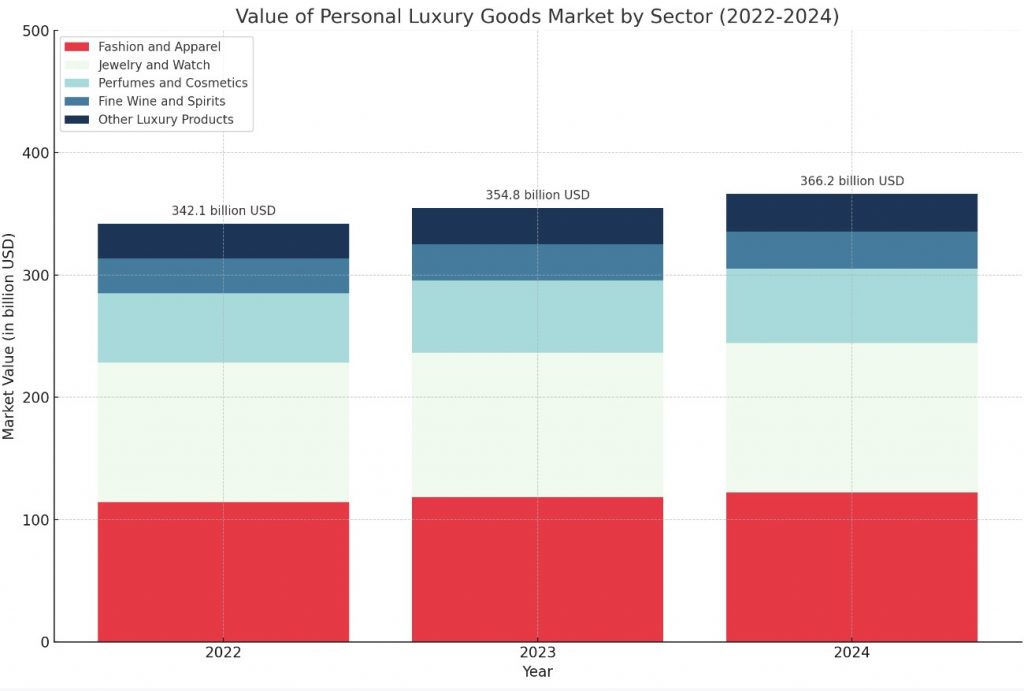
Celebrities often set trends by endorsing or wearing luxury brands. Their influence can drive sales and create iconic fashion moments.
Emerging markets like India, Brazil, and South Africa are becoming key players in the luxury industry, driven by growing economies and a rising middle class.
People buy luxury items for various reasons, including status, pleasure, investment, or emotional connection.
While luxury often comes with a high price tag, it’s not always about cost. Quality, craftsmanship, and uniqueness can define luxury.
The perception of luxury has evolved, with a shift towards personalized experiences, sustainability, and ethical practices.
Owning luxury items can boost self-esteem by enhancing social status and personal identity.
Many luxury brands are embracing sustainability, recognizing that ethical production and environmental responsibility add value to their products.


